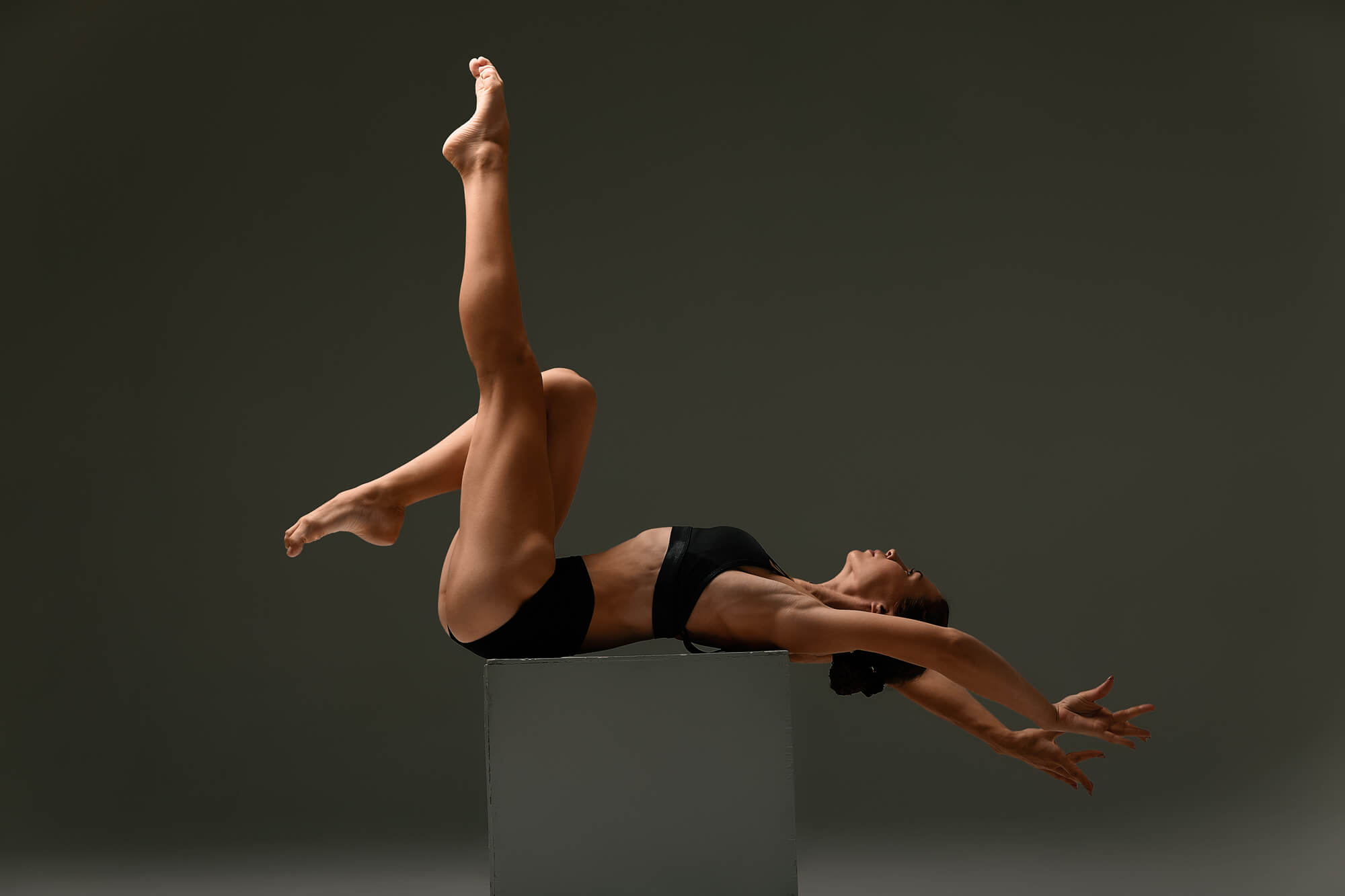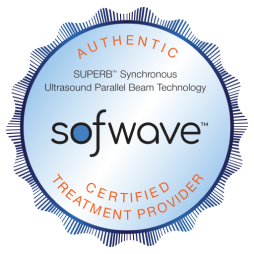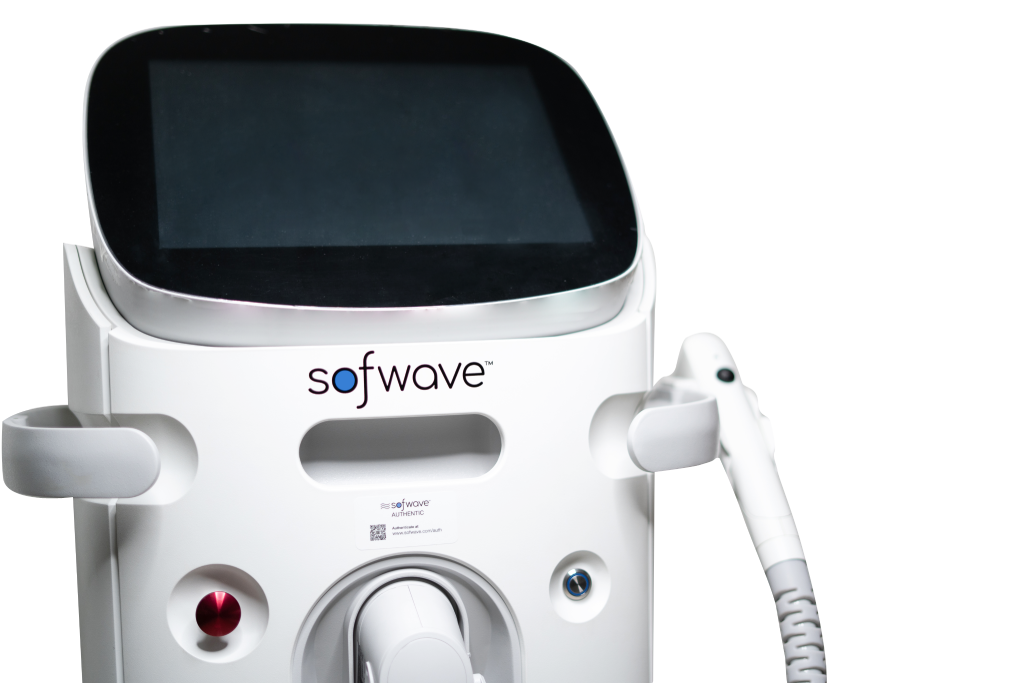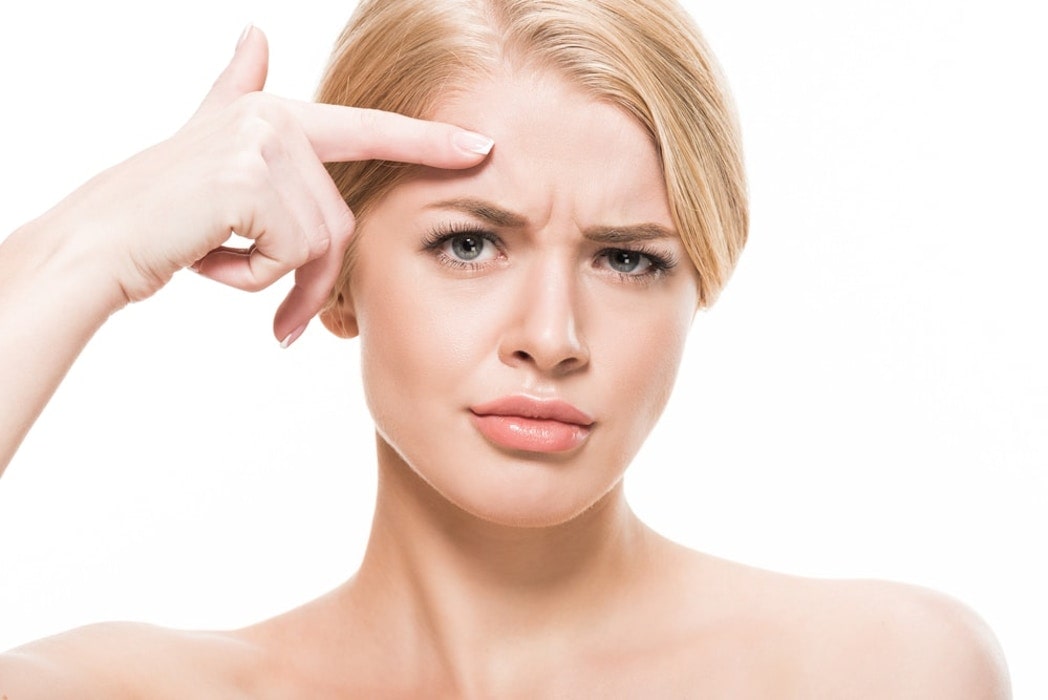
Amaze your girlfriends, family and physicians with your knowledge of glabellar lines and crow’s feet and how to make them less noticeable
If you are considering a skin treatment to reduce the appearance of crow’s feet and glabellar lines around the eye area, it’s a good idea to get up to speed on your wrinkle vocabulary. Your aesthetic provider may use a lot of long words when discussing your treatment options and understanding this lingo will go a long way toward helping you choose the best procedure for your individual skin needs.

Botox
Botox is the brand name for a protein produced by the bacterium Clostridium botulinum toxin and related species. It has many aesthetic and therapeutic uses. In aesthetics, Botox blocks the release of a chemical called acetylcholine, which triggers the facial muscles contractions that create wrinkles, essentially deleting them for a minimum of three months.
As of 2020, there are four FDA-approved toxins for cosmetic uses for crow’s feet reduction available in the US: Botox Cosmetic® (Allergan), Dysport® (Galderma), Xeomin® (Merz Aesthetics), and Jeuveau® (Evolus) dermal fillers.
Canthal lines (crow’s feet)
Also known as crow’s feet, canthal lines are the fine wrinkles, lines around the eyes that form on the outer corners of your eyes. Squinting, laughing, and smiling causes face crow’s feet.
Collagen
The main structural protein found in face skin, collagen is responsible for the supple elastic properties most associated with youthful skin. Our natural stores of collagen decline with advancing age, leading to wrinkles. Many of today’s crow’s feet and wrinkle reduction treatments such as Sofwave ultrasound work by boosting our natural collagen supply under the skin’s surface, filling wrinkles from the inside out.
Crow’s feet
Also known as canthal lines, crow’s feet are wrinkles that form on the skin around the outside corners around your eyes. Botox Cosmetic® (Allergan) Dysport® (Galderma), Xeomin® (Merz Aesthetics), and Jeuveau® (Evolus) can help to get rid of crow’s feet.
Dynamic wrinkles
Dynamic wrinkles are wrinkles that are caused by the contraction of muscles (think squinting, frowning, laughing) that are attached to the overlying skin, forming lines. Dynamic wrinkles most commonly occur between the eyebrows, on the forehead, and around the outside corners of the eyes.
Elastin
Like collagen, elastin is a protein that gives the skin its springy, elastic qualities. Our natural supply of elastin dwindles with advancing age, setting the stage for face wrinkles. Some energy-based wrinkle and crow’s feet reduction treatments, such as Sofwave that uses a unique form of ultrasound waves, stimulate the production of elastin under the surface to reduce fine lines and wrinkles.
Glabellar lines
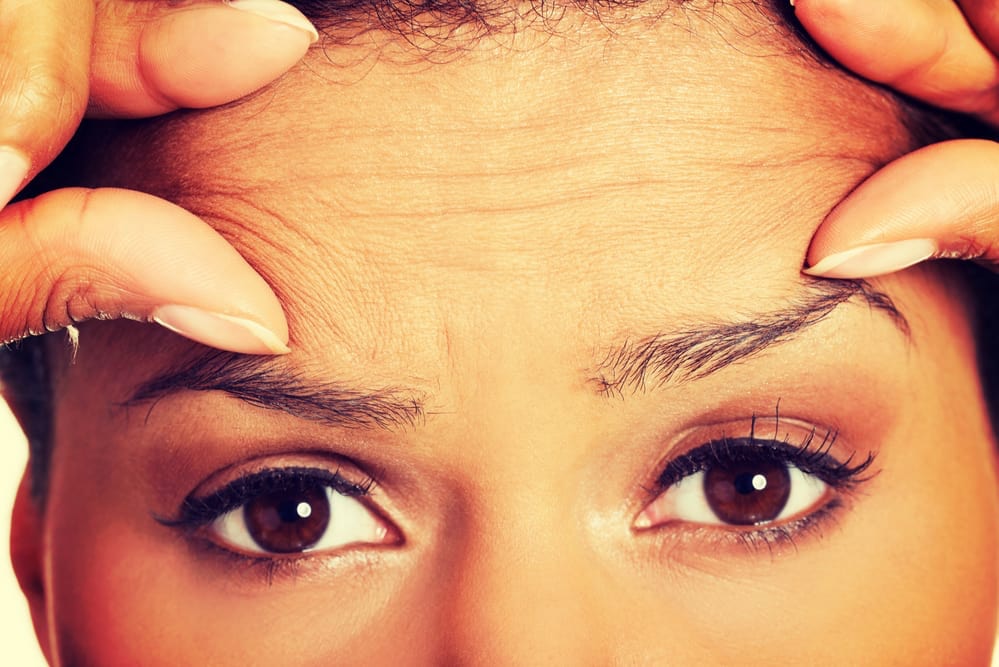
Sometimes called the “eleven” lines, glabellar lines are vertical creases that develop between your eyebrows as a result of frowning, scowling, or other repetitive facial expressions. These are forms of dynamic wrinkles (see above).
Hyaluronic acid
Hyaluronic acid is found naturally in almost every cell in our body, including skin cells, but our supply decreases as we age. Hyaluronic acid holds moisture in to keep face skin plump, soft, and dewy. Hyaluronic acid-based soft tissue dermal fillers such as Restylane® (Galderma), Juvéderm® (Allergan) Belotero (Merz Aesthetics) can be used to fill under-eye wrinkles, plump lips, augment the cheeks and many other facial areas.
Marionette lines
Marionette lines run straight downward from the corners of your mouth. They can form as facial volume begins to deplete. As the cheeks droop over time, jowl wrinkles form.
Neuromodulators
A neuromodulator is the umbrella term for botulinum toxins – commercially known in aesthetics as Botox Cosmetic, Dysport, Xeomin and Jeuveau, at least in the US. There are many more variations that are available in other countries. Some people also refer to this class of drugs as neurotoxins or simply toxins.
Radiofrequency skin care
Radiofrequency is one of several energy-based modalities that can help improve aging skin quality and reduce the appearance of fine lines and crow’s feet. There are many medical devices on the market that use RF energy, and more recently, those that utilize RF with skin microneedling.
Rhytids
This is the medical term for wrinkles in the skin.
Smoker’s lines
These are the tiny vertical wrinkles that form on the top of your upper lip and run upward toward your nose. They are commonly associated with the puckering of the lips that occurs when sucking on a cigarette. These are considered dynamic wrinkles (see above).
Static wrinkles
Unlike dynamic wrinkles, static wrinkles occur when collagen and elastin are broken down by the sun exposure, smoking and genetics. Static wrinkles appear all the time, whereas dynamic wrinkles (see above) tend to occur.
How to get rid of crow’s feet and glabellar lines?
Ultrasound
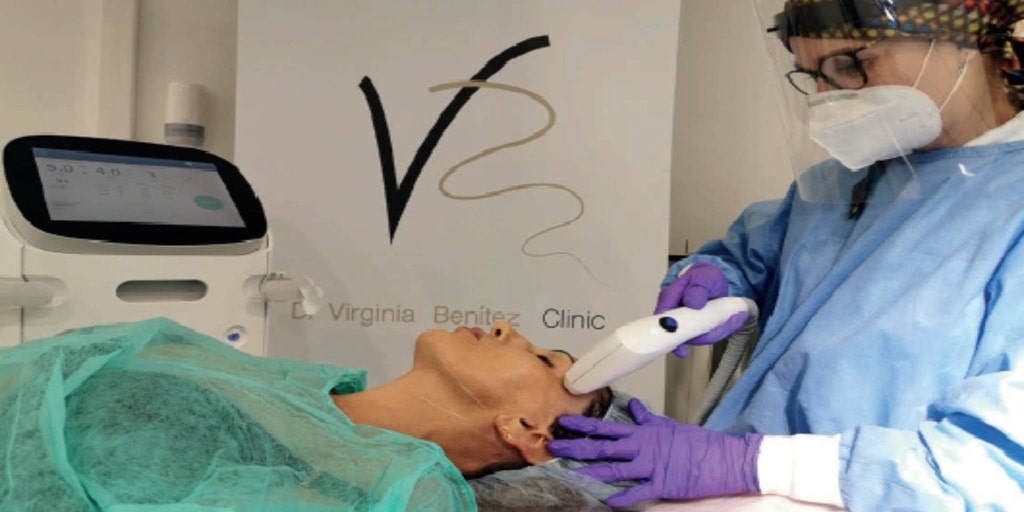
An energy-based modality that uses sound waves, ultrasound sends heat into the skin to help your body enhance collagen production. The next-generation ultrasound technology for treating wrinkles, glabellar lines, crow’s feet and saggy skin are Sofwave®. With this unique energy-based treatment, the ultrasonic waves target the mid-dermal layer rather than the deeper layers to reduce the discomfort and side effects seen with older ultrasound technologies. The wrinkle-reducing results can be seen after a single treatment.
Find out more about Sofwave a breakthrough ultrasound technology for treating fine lines and wrinkles.
References:
- "How ultrasound skin therapy helps in reducing wrinkles", Athleticult Movement Patterns
- "What are Rhytids? How do they show a good or bad response to Botox?", March 4, 2016, RealSelf
- Carissa Stephens, "Decoding What These 7 Wrinkle Types Might Say About You", February 2, 2019, Healthline Media a Red Ventures Company
- Kerri-Ann Jennings, "Collagen — What Is It and What Is It Good For?", May 5, 2020, Healthline Media a Red Ventures Company
